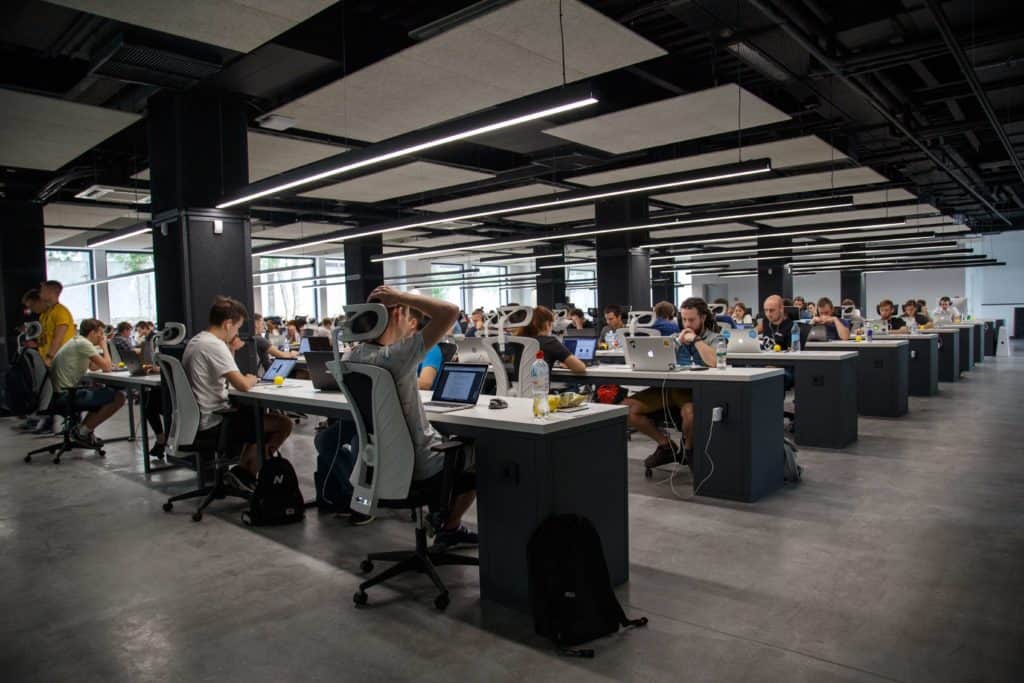Contents
Logically speaking, working at height means working above the ground level. Any place that comes with the risk of falling to the ground can, technically, be classified as working at height. But why is this topic so important? Believe it or not, it’s one of the most common causes of fatal and non-fatal work accidents.
As it’s so risky, many employers and business owners need to make sure that their employees are safe in the workplace. So, minimizing risks is crucial. What are some of the main steps you need to take to minimize the risks of work accidents when working at height?
1. Identify hazards
Hazards are any objects and situations that may cause harm. If you want to keep your workers safe, identify possible hazards in the workplace. There are a couple of ways you can identify hazards. Firstly, look around your construction site and detect the general state and possible danger zones. Also, don’t forget to pay close attention to your employees and the way they work and use the equipment.
Lastly, check out if there are hazardous materials and substances, they need to be aware of. On the other hand, you also need to detect less obvious hazards. Take a look at the previous records and see if anything else is a serious threat to your workers’ wellbeing. Don’t forget to take into consideration cleaning, maintenance and implementation of new technologies.
2. Control the risks
What are you currently doing to prevent injuries and accidents in the workplace? Is that enough? Controlling the risks can be challenging. You can’t predict the unpredictable and therefore, you can’t get rid of the hazards altogether. But what can you do?
Even though you can’t get rid of all the risks, you can keep them under the control. So, consider redesigning the job if possible. Search for the solutions that will work for you and your employees. Some of the best ways to control the risks is supervising your employees, providing adequate equipment and organizing training to increase your employees’ skills for handling dangerous situations.
3. Supervise your employees

If your workers are working at height, you need to ensure you’ve done everything to keep them safe and keep the situation under the control. To keep your site under the control, you need to supervise your employees. How can you know that they are doing everything correctly?
Create a comprehensive work plan that will cover every possible situation and present it to your employees. Even though you won’t be able to predict every little thing, you’ll minimize the chances of unexpected hazards surprising you. Carefully plan each position on the site and overwatch your employees at all times.
4. Provide adequate equipment
When working in a risky and hazardous environment, adequate equipment can save your life. Therefore, providing your employees with protective equipment is vital for their health. Besides the helmets, warning signs, eye goggles, gloves and adequate shoes, you need to ensure machinery and other elements of the site are safe. If you are looking for a printing service for your warning sign make sure to check https://www.general-
There are many safety solutions you can use at your sites. So, if you want to minimize the risks of hazards, implement height safety solutions such as harnesses, recovery devices, safety systems, and similar machinery that will ease the process of lifting materials. Simply implement these safety solutions to the site and ensure maximum safety. Rent reliable equipment and keep your employees safe at all times.
5. Organize training
If you’ve done everything in your power to keep your workers safe but the accidents still happen, you need to organize additional training for your staff. Even though they probably underwent training before they started working, conditions frequently change, so remind them of all the things they’ve learned and teach them some new techniques for height coping.
Organizing training is one way of being a more competitive contractor. The market values contractors that care about their employees and frequently teach them new ways of working in hazardous conditions. Help them obtain new skills and teach them useful tips for working at height. That’s one of the best ways of minimizing risks at the site.
Conclusion
Working at height is extremely challenging. That’s why you need to create suitable and safe conditions and environment for your employees. As you can’t eliminate the risks, you can keep them under the control by equipping your employees with adequate equipment and training them.
These are the best ways to minimize risk at construction sites and workplaces. So, make sure to implement them all to maintain the safety of your workers.

